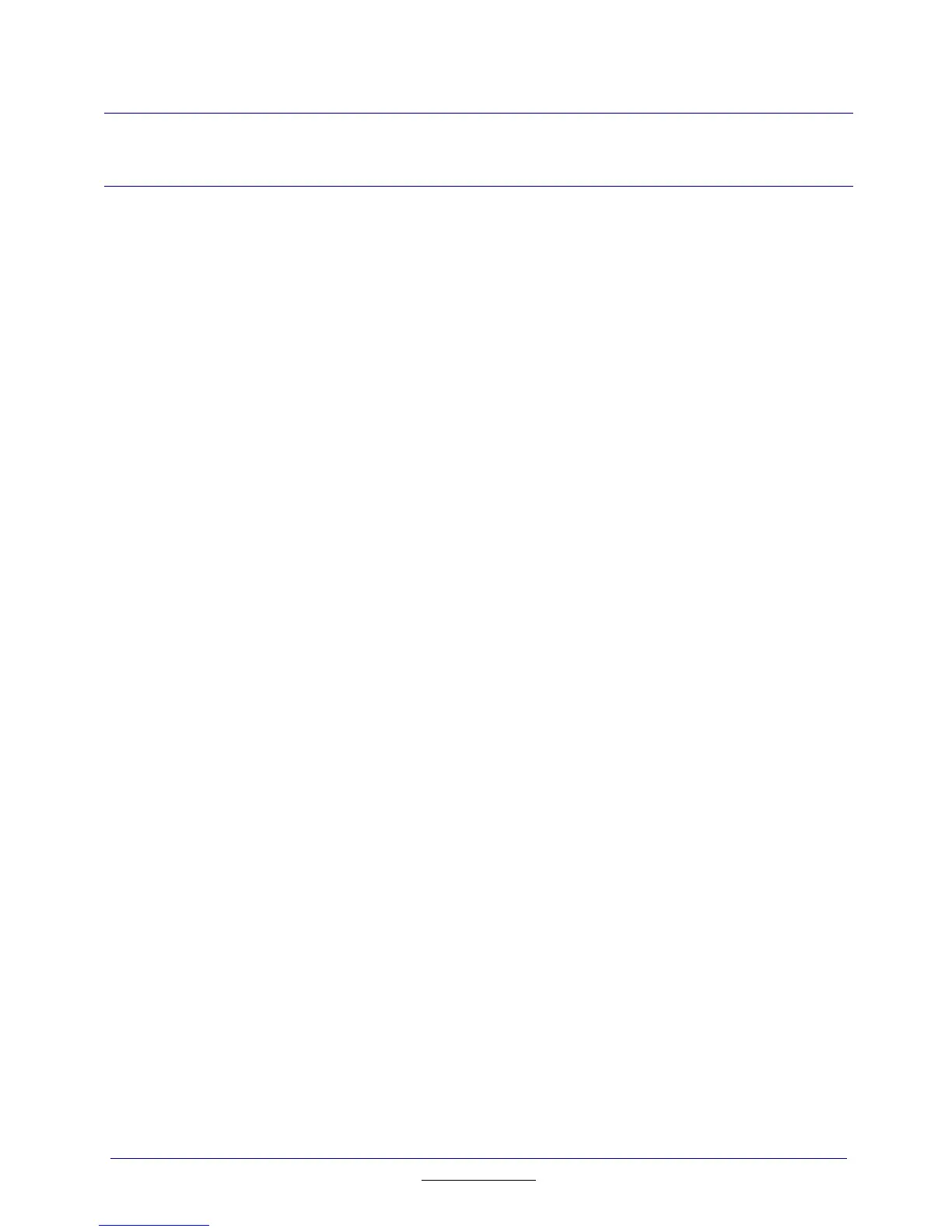15
TI
-
89 / TI
-
92 Plus Developer Guide
Not for Distribution
Beta Version January 26, 2001
4. User Interface Overview
The TI
-
92 Plus has a display of 240 by 128 pixels. The TI
-
89 display size is 160
by 100 pixels. On both calculators, the display is divided into two regions: the
window region and the status line. The bottom seven lines of the display are
always used for the status line. The remaining lines constitute the window region
which is available to the app. The window region is shared with the app’s toolbar
(if it has one) which is normally in the top 18 pixels of the display of the
TI
-
92 Plus and the top 16 pixels of the TI
-
89. The window region will be different
if an app is running in split screen mode (an app is given the size of its window
region when it is started).
The user interface consists of windows, menus, dialog boxes, fonts, and the
status line. An overview of these is presented in the following sections.
4.1. Windows
All characters, lines, figures, and images that appear on the display must be
drawn to an open window. Note that menus and dialog boxes open and close
their own windows and that dialog box windows may overlap the app’s toolbar
(dialog boxes are modal so the app’s toolbar is inactive when a dialog box is
active). Window routines exist to:
•
Open, resize, and close windows
•
Draw characters, strings, lines, ellipses, rectangles, and pixels
•
Fill regions (rectangular or triangular)
•
Store and recall bitmaps
•
Scroll horizontally or vertically
If an app opens a window, that window must eventually be closed. All output to a
window is clipped and will not exceed the window boundaries. An app’s main
window normally has no border but if it is in split screen mode, then it has a
two-pixel border (one pixel thick if not active, two pixels thick if the active
window). Note that by convention, windows that are overlapped on-top of the
main window, such as dialog boxes, have single pixel borders and usually have
rounded borders unlike pop-ups.

